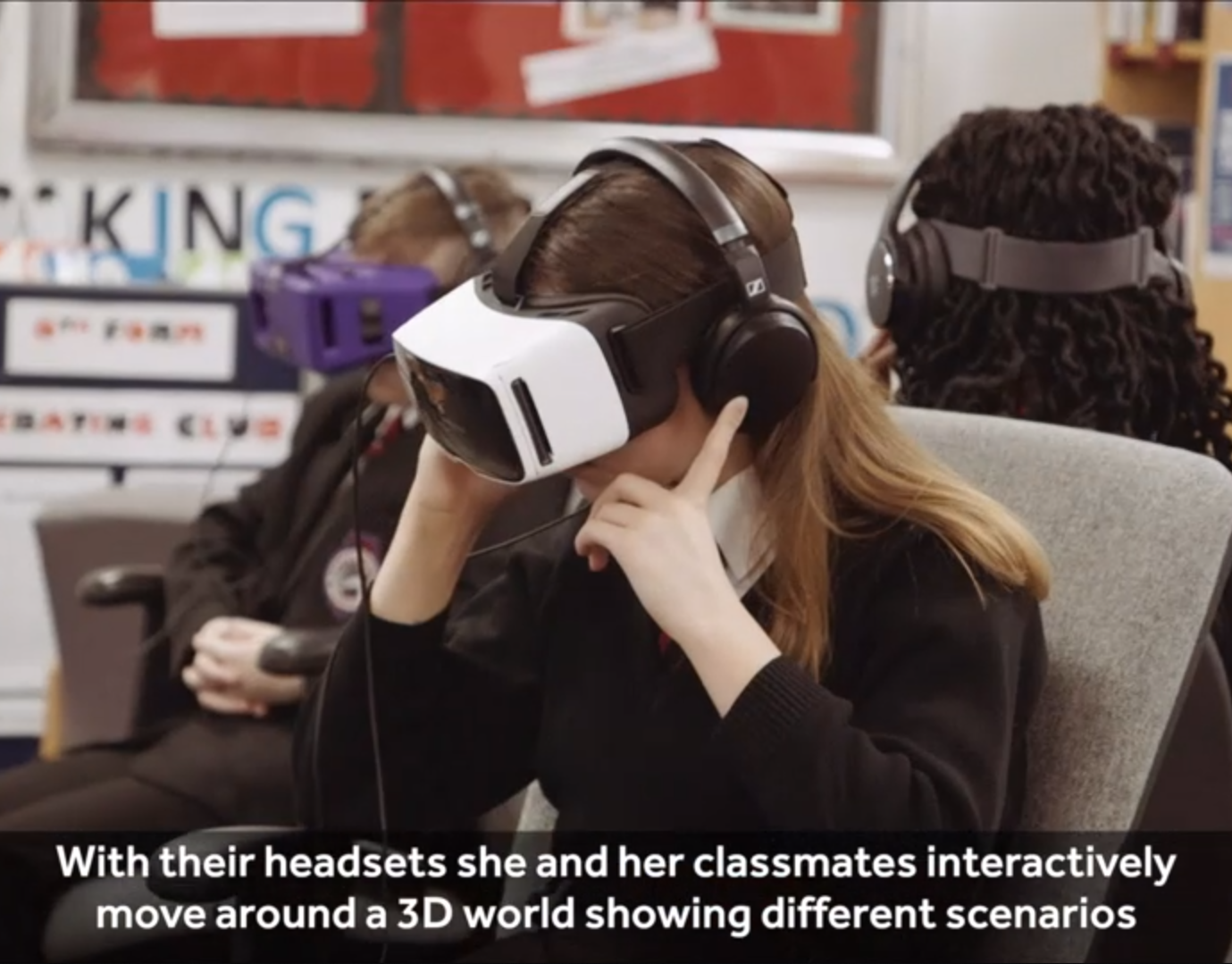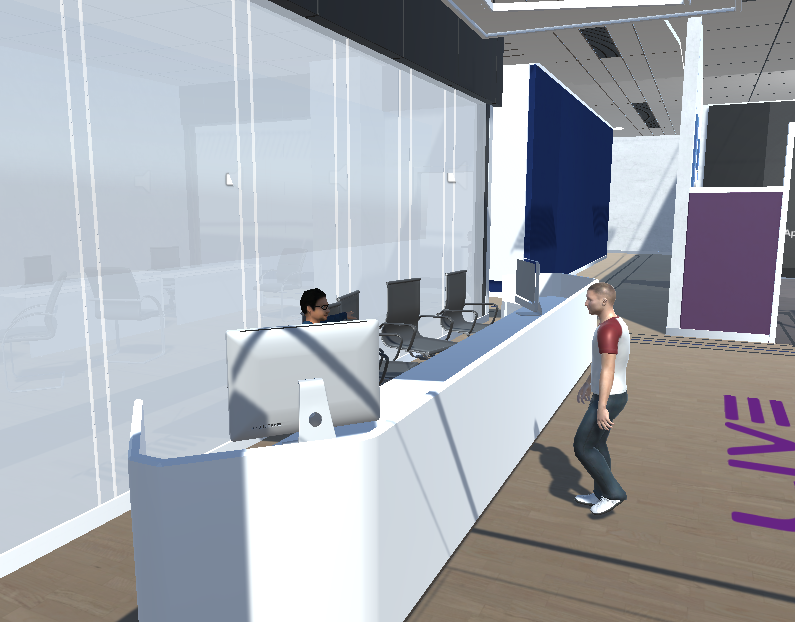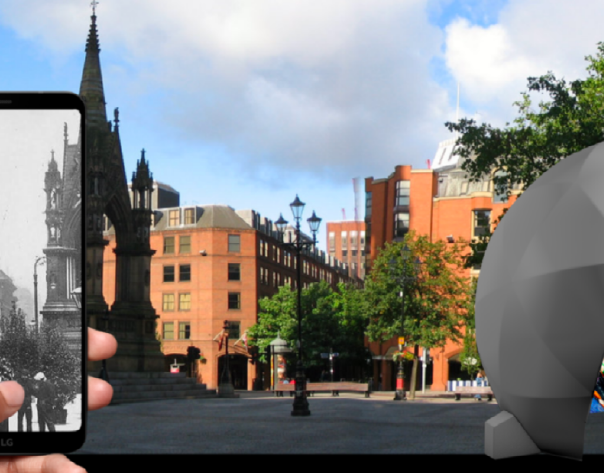Summary & Impact
I led the end-to-end design and delivery of a portable offline-first platform that enabled youth leaders in over 45 low-connectivity locations to run collaborative, creative, and interactive sessions with young people. Through iterative design and hands-on field research, we developed a system that replaced paper-based materials, enabled real-time group collaboration, and made activities possible even in the absence of internet access. Post-launch evaluations showed:
• Over 300 users reached across 45+ deployment sites
• 95% of users said it enabled activities they couldn’t previously run
• Significant increases in engagement, co-authorship, and youth leader confidence
• 95% of users said it enabled activities they couldn’t previously run
• Significant increases in engagement, co-authorship, and youth leader confidence
Introductory Overview Video:
Overview
The Local Interface Network is a portable, offline-first educational toolkit that empowers youth leaders and young people in low-connectivity settings to run dynamic, collaborative, and creative activities. Designed as a pocket-sized server powered by a Raspberry Pi, the device creates a local Wi-Fi network that participants can access via any mobile or desktop device, without the need for internet. The project was deployed in over 45 youth centres, parks, and mobile outreach settings across Northern Ireland.
My Role
As the lead UX Researcher and Product Strategist, I directed this project from concept to deployment. I led:
• User Research (discovery, usability, and longitudinal evaluation)
• Technical Feasibility Research
• Product & UX Design Oversight
• Cross-functional Team Management (developers, designers, content producers)
• Content Design & Onboarding Materials
• Impact Evaluation & Iterative Redesign
• Technical Feasibility Research
• Product & UX Design Oversight
• Cross-functional Team Management (developers, designers, content producers)
• Content Design & Onboarding Materials
• Impact Evaluation & Iterative Redesign
Discovery Research
I began by interviewing over 20 youth leaders, community workers, and outreach coordinators working with various age groups in Northern Ireland. Our focus was to:
• Understand their existing workflows and pain points
• Map the technical limitations (e.g., unreliable internet, limited device access)
• Document the types of activities they run (workshops, field trips, creative sessions, mentoring)
• Assess their digital literacy and openness to technology
• Map the technical limitations (e.g., unreliable internet, limited device access)
• Document the types of activities they run (workshops, field trips, creative sessions, mentoring)
• Assess their digital literacy and openness to technology
Methods used:
• Semi-structured interviews
• Contextual enquiry (shadowing and observing users during activities)
• Participatory design workshops
• Field observation in youth centres and on outreach trips
• Desk research on youth engagement and mobile learning strategies
• Contextual enquiry (shadowing and observing users during activities)
• Participatory design workshops
• Field observation in youth centres and on outreach trips
• Desk research on youth engagement and mobile learning strategies
This phase uncovered key unmet needs:
• Lack of stable internet access in many settings
• Reliance on paper-based materials, which were difficult to update and share
• No tool for real-time, multi-user collaboration
• Fragmented communication channels between youth workers
• A desire for interactive, customisable, and modular educational tools
• Lack of stable internet access in many settings
• Reliance on paper-based materials, which were difficult to update and share
• No tool for real-time, multi-user collaboration
• Fragmented communication channels between youth workers
• A desire for interactive, customisable, and modular educational tools
Design & Prototyping
From these insights, I scoped a solution: a local web server that could host a suite of offline-first tools, accessible over Wi-Fi. I evaluated hardware options and selected Raspberry Pi as the core platform due to its low cost, reliability, and portability.
Working with a distributed team of developers and designers, we developed a modular platform based on WordPress, enriched with:
• Interactive games and simulations
• Scenario planning tools with budgeting and card-based inputs
• Discussion forums and polls
• Interactive maps for storytelling and collaborative exploration
• H5P content creation tools for building assessments, quizzes, and learning materials
• Real-time collaborative documents (using Etherpad)
• Event calendars, announcements, and shared file drives
• Scenario planning tools with budgeting and card-based inputs
• Discussion forums and polls
• Interactive maps for storytelling and collaborative exploration
• H5P content creation tools for building assessments, quizzes, and learning materials
• Real-time collaborative documents (using Etherpad)
• Event calendars, announcements, and shared file drives
Each iteration was followed by:
• Remote and in-person usability testing with youth leaders and small groups
• Accessibility reviews and inclusive design audits
• Feedback synthesis workshops with stakeholders
• Accessibility reviews and inclusive design audits
• Feedback synthesis workshops with stakeholders
Deployment & Evaluation
After finalising the design, I oversaw:
• Assembly and QA of over 45 portable server units
• Development of a user manual, video tutorials, and help centre
• Training sessions for youth workers
• Launch of a user community forum to share resources and report issues
We embedded a lightweight analytics system and ran continuous evaluation via:
• Follow-up interviews and surveys
• Remote observation of tool use in different contexts
• Structured feedback forms from both youth and adults
• Follow-up interviews and surveys
• Remote observation of tool use in different contexts
• Structured feedback forms from both youth and adults
Impact Highlights:
• Over 300 unique users across 45+ deployment sites
• Significant increase in engagement with digital content
• Youth leaders reported higher confidence in delivering interactive sessions
• Positive behavioural change: youth groups began co-authoring content and sharing across centres
• 95% of surveyed users said the tool enabled activities that were previously not possible due to technical barriers
• Significant increase in engagement with digital content
• Youth leaders reported higher confidence in delivering interactive sessions
• Positive behavioural change: youth groups began co-authoring content and sharing across centres
• 95% of surveyed users said the tool enabled activities that were previously not possible due to technical barriers
Demonstration Walkthrough Video:
Reflection
This project exemplified the power of context-driven design and inclusive research. It not only solved a pressing infrastructure problem but enabled a community of youth leaders to deliver empowering and imaginative experiences. The blend of hardware prototyping, UX strategy, and participatory evaluation made this one of the most holistic research-led product developments I’ve led.







